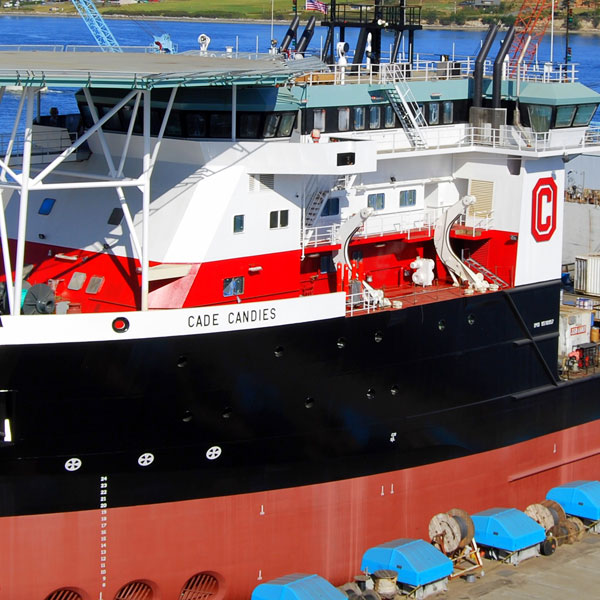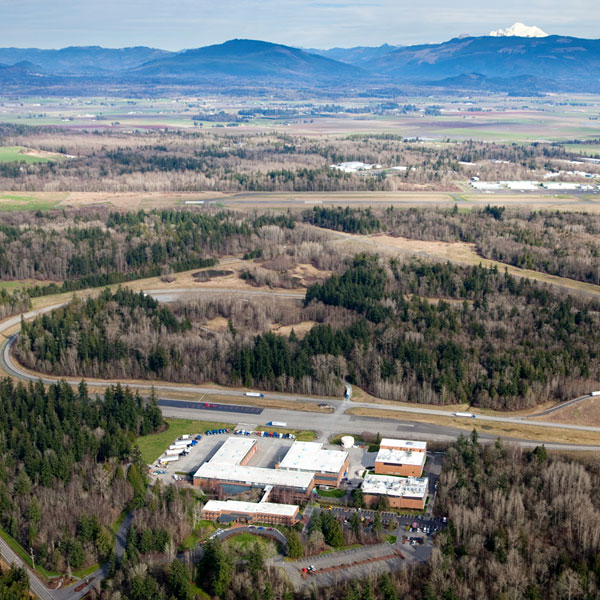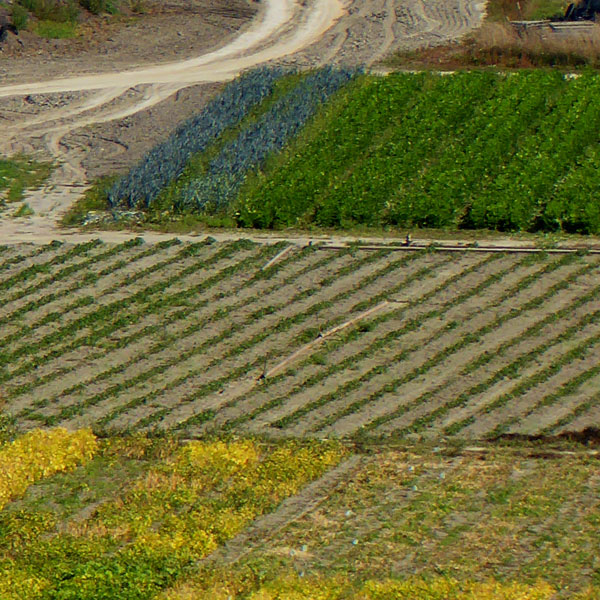Timely connection ensures greater community access to YMCA camp
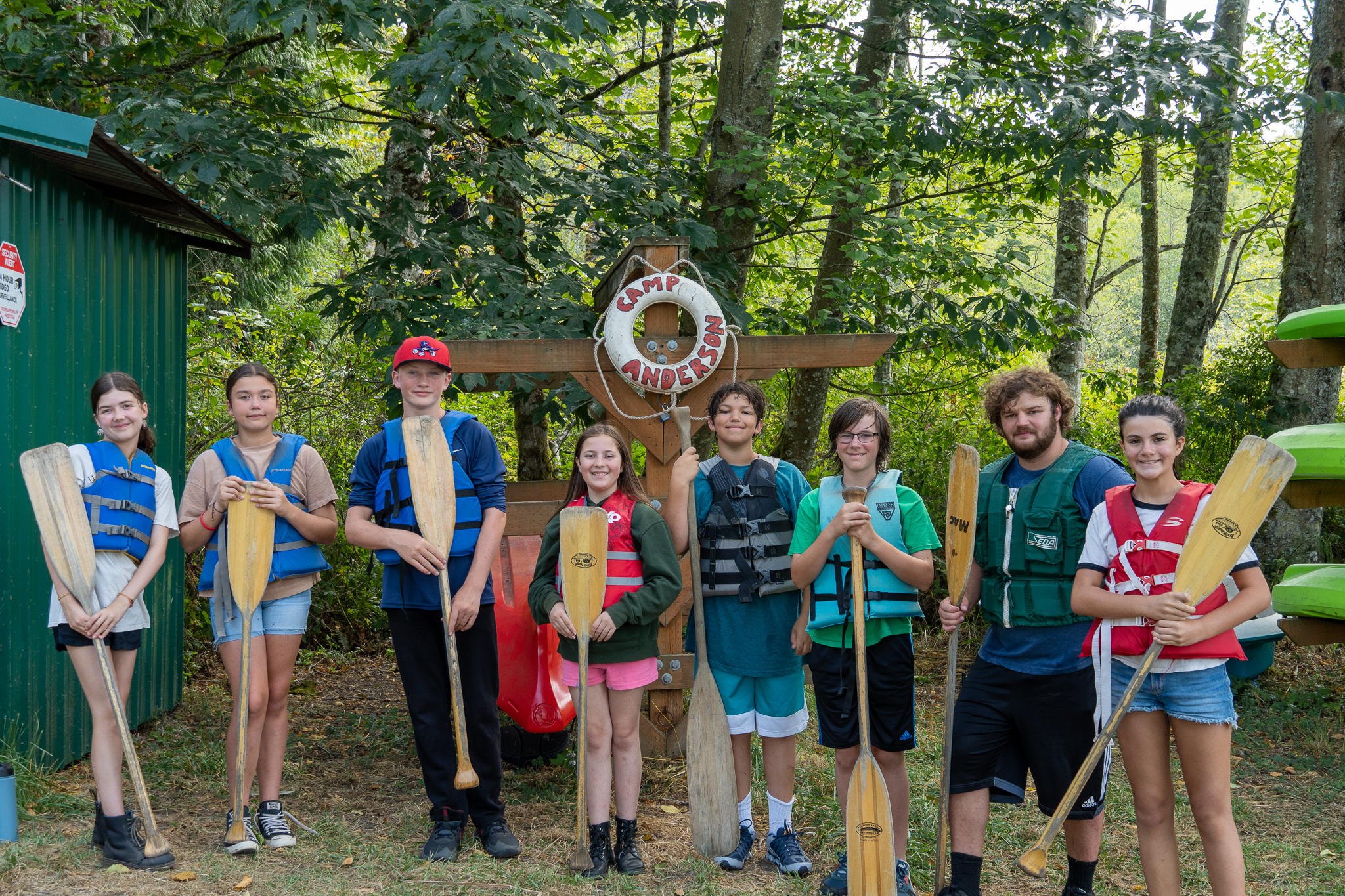
2 Aug 2023
Capacity Building
EDASC helps businesses in a number of ways, many of which are all about connection. Connection to people, programs and resources. The recent success that Skagit Valley Family YMCA had in obtaining a loan to purchase property to expand Camp Anderson is a great example of the importance of timely connections. Without those connections, this important project would not have been able to move forward.
The camp, on Lake Sixteen, southeast of Mount Vernon, was purchased by the YMCA in 1958 and began hosting campers in 1959. About 50 campers come to the day camp each week over the course of eight weeks during the summer.
“It's been a great tradition for Skagit families,” said Skagit Valley Family YMCA CEO Dean Snider.
Golden opportunity
During the pandemic, the owner of a 25-acre parcel of land adjacent to Camp Anderson approached the YMCA with an offer to sell the property to the nonprofit. It was a golden opportunity, especially because the property would greatly increase the camp’s lakefront access.
With development near and around the lake creeping closer, Snider knew this was the Y’s chance to expand the camp, set aside more waterfront land and provide camp experiences to more kids and families in Skagit County.
“We wanted to own that land so that we could preserve Camp Anderson as a wilderness-type experience for kids, and so we could grow the camp and make it accessible to more kids,” Snider said.
So, the YMCA set out to find someone who could either purchase the land for the Y or help with a loan.
EDASC makes a connection
When those avenues weren’t producing any promising leads, Snider thought to turn to EDASC CEO John Sternlicht. Snider was introduced to Sternlicht and EDASC when he first arrived in Skagit County. Sternlicht encouraged Snider to enroll in the Leadership Skagit program in his first year leading the Skagit YMCA. Immediately, Sternlicht showed that EDASC serves as a resource for expansion of nonprofit organizations as well as for-profit businesses.
After a meeting with Sternlicht and Economic Development Manager Shaun Gibbs, they introduced Snider and the YMCA to Craft3, a regional community development financial institution (CDFI) working in Washington and Oregon. Sternlicht had been working to get Craft3 involved in a Skagit project for some time.
“As soon as Dean started describing the need, Craft3 came to mind and I was hopeful this project would be a good collaboration because of the YMCA’s mission and the people they serve,” Sternlicht said.
As a nonprofit with a mission to serve communities with less access to capital and to be more flexible and inclusive in their lending requirements than a traditional bank or credit union, Craft3 could do what other lenders couldn’t – lend money for undeveloped land.
Snider said the YMCA’s desire to expand access to a greater number of Skagit County kids resonated with Craft3’s community-focused mission.
“Craft3 was very excited to partner with the Skagit Valley Family YMCA to help with their financing needs. The Y’s commitment to health, education and social impact programs in the community resonated with us,” said Craft3’s Reed Mayfield, senior business lender. “Craft3 has a mission to improve lives across the Pacific Northwest by providing responsible capital for businesses, homeowners, nonprofits and communities.”
Craft3 lends to businesses, nonprofits and Tribal organizations, investing in projects that address the climate crisis, systemic racism, and economic disparities in rural and Tribal communities. Craft3 is often able to lend to entrepreneurs and organizations that have challenges accessing capital.
Reed said the Camp Anderson expansion will allow the YMCA to double its capacity to serve the kids of Skagit County as well as preserve and steward the land, both of which support Craft3’s mission.
Getting referrals like the one from EDASC helps build relationships in the community, Reed said, which can create a ripple effect, drawing more capital to other community projects. With this introduction to Skagit County, he hopes Craft3 will have more opportunities to partner with businesses and organizations on other impactful projects.
Next Steps
The YMCA’s board approved the Craft3 proposed loan for the land in June. With the loan agreement now in place, development of a new master plan for the camp is under way. Snider is working with other YMCA camps around the country as well as local organizations to brainstorm possibilities, elicit ideas, develop best practices and to envision how the new property can enhance its camp opportunities in the future.
Craft3’s involvement with the Skagit Y is the first step of many, according to Snider. With this loan as gap funding that propels Camp Anderson into new programs, new features and new camp experiences, the YMCA can now develop its vision of a local, multi-generational, multi-use property with a certainty it could not have previously envisioned, he said.
To that end, the YMCA has already received $250,000 in pledges toward improvements, including a new dock, which is already in the design phase.
Additionally, through its advocacy with state legislators and conversations with others interested in seeing Camp Anderson flourish, other property improvement projects are on the horizon.
“Camp Anderson has been fabulous for 70 years,” Snider said. “We can’t wait to grow it to be a broader, more inclusive, more accessible experience for more Skagit kids, families and other campers over the next 70 years.”
More Topics
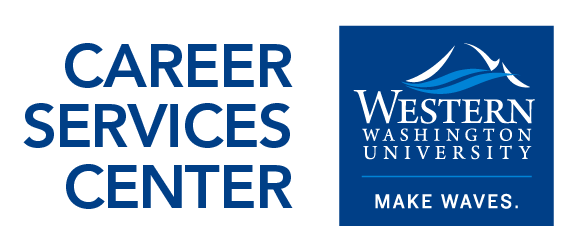
.jpeg)





